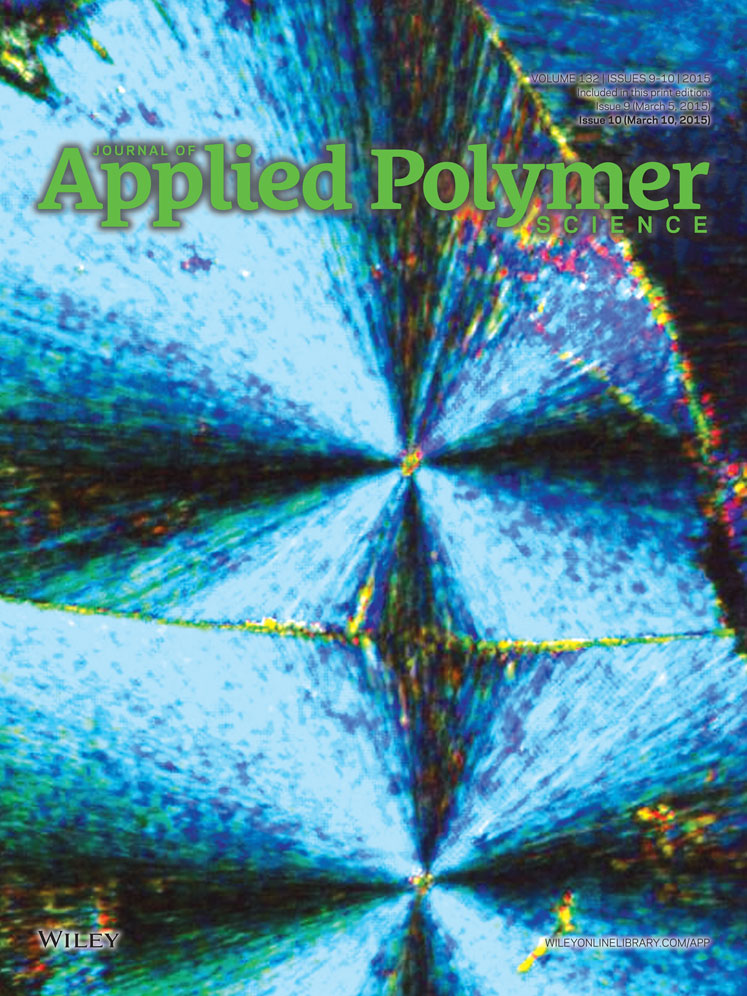 “We used mouse microglial cells in culture activated by lipopolysaccharide (LPS, 10 ng/ml) to study the anti-inflammatory potential of cannabidiol (CBD), the major nonpsychoactive component of cannabis.
“We used mouse microglial cells in culture activated by lipopolysaccharide (LPS, 10 ng/ml) to study the anti-inflammatory potential of cannabidiol (CBD), the major nonpsychoactive component of cannabis.
Under LPS stimulation, CBD (1-10 μM) potently inhibited the release of prototypical proinflammatory cytokines (TNF-α and IL-1β) and that of glutamate, a noncytokine mediator of inflammation. The effects of CBD were predominantly receptor-independent and only marginally blunted by blockade of CB2 receptors.
We established that CBD inhibited a mechanism involving, sequentially, NADPH oxidase-mediated ROS production and NF-κB-dependent signaling events. In line with these observations, active concentrations of CBD demonstrated an intrinsic free-radical scavenging capacity in the cell-free DPPH assay.
Of interest, CBD also prevented the rise in glucose uptake observed in microglial cells challenged with LPS, as did the inhibitor of NADPH oxidase apocynin and the inhibitor of IκB kinase-2, TPCA-1. This indicated that the capacity of CBD to prevent glucose uptake also contributed to its anti-inflammatory activity.
Supporting this view, the glycolytic inhibitor 2-deoxy-d-glucose (2-DG) mimicked the antioxidant/immunosuppressive effects of CBD. Interestingly, CBD and 2-DG, as well as apocynin and TPCA-1 caused a reduction in glucose-derived NADPH, a cofactor required for NADPH oxidase activation and ROS generation.
These different observations suggest that CBD exerts its anti-inflammatory effects towards microglia through an intrinsic antioxidant effect, which is amplified through inhibition of glucose-dependent NADPH synthesis.
These results also further confirm that CBD may have therapeutic utility in conditions where neuroinflammatory processes are prominent.”
https://www.ncbi.nlm.nih.gov/pubmed/31647138
https://onlinelibrary.wiley.com/doi/abs/10.1002/glia.23738
 “The healing properties of cannabidiol (CBD) have been known for centuries.
“The healing properties of cannabidiol (CBD) have been known for centuries.
 “Cannabis use disorder (CUD) prevalence among people reporting past-year cannabis use declined from 2002–2016.
“Cannabis use disorder (CUD) prevalence among people reporting past-year cannabis use declined from 2002–2016. “EpidiolexTM , a form of highly purified cannabidiol (CBD) derived from
“EpidiolexTM , a form of highly purified cannabidiol (CBD) derived from  “Pain is the most frequent indication for which medical
“Pain is the most frequent indication for which medical 

 “Cannabidiol (CBD) has been shown by our laboratory to attenuate experimental autoimmune encephalomyelitis (EAE), an animal model of multiple sclerosis (MS).
“Cannabidiol (CBD) has been shown by our laboratory to attenuate experimental autoimmune encephalomyelitis (EAE), an animal model of multiple sclerosis (MS). “Hypercholesterolemia (HC) is a major risk factor for cardiovascular (CV) diseases, that are the major cause of mortality worldwide.
“Hypercholesterolemia (HC) is a major risk factor for cardiovascular (CV) diseases, that are the major cause of mortality worldwide.
 “Hemp (Cannabis sativa L.) is an eco‐friendly and multifunctional plant. Hemp hurd is a by‐product of hemp plant during hemp fiber separation. Although hemp hurd is repeatedly announced owing antibacterial activity, it has never been systematically investigated and reported. In this study, the antibacterial activity of hemp hurd powder against Escherichia coli is investigated. This article reveals antibacterial activity of hemp hurd where hemp hurd powder inhibits the growth of E. coli. Meanwhile, the self‐contamination (forming during retting process) inside hemp hurd has dramatic impact on the antibacterial performance. To achieve better antibacterial activity, hemp hurd was heat treated to eliminate self‐contaminations. The impact of the particle sizes and heat treatment on the antibacterial effectiveness was evaluated.”
“Hemp (Cannabis sativa L.) is an eco‐friendly and multifunctional plant. Hemp hurd is a by‐product of hemp plant during hemp fiber separation. Although hemp hurd is repeatedly announced owing antibacterial activity, it has never been systematically investigated and reported. In this study, the antibacterial activity of hemp hurd powder against Escherichia coli is investigated. This article reveals antibacterial activity of hemp hurd where hemp hurd powder inhibits the growth of E. coli. Meanwhile, the self‐contamination (forming during retting process) inside hemp hurd has dramatic impact on the antibacterial performance. To achieve better antibacterial activity, hemp hurd was heat treated to eliminate self‐contaminations. The impact of the particle sizes and heat treatment on the antibacterial effectiveness was evaluated.” “We used mouse microglial cells in culture activated by lipopolysaccharide (LPS, 10 ng/ml) to study the anti-inflammatory potential of
“We used mouse microglial cells in culture activated by lipopolysaccharide (LPS, 10 ng/ml) to study the anti-inflammatory potential of